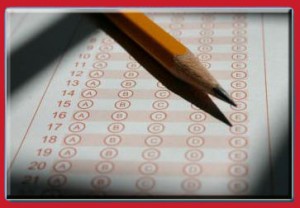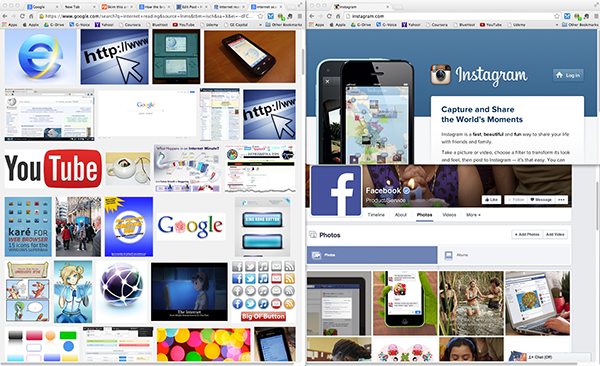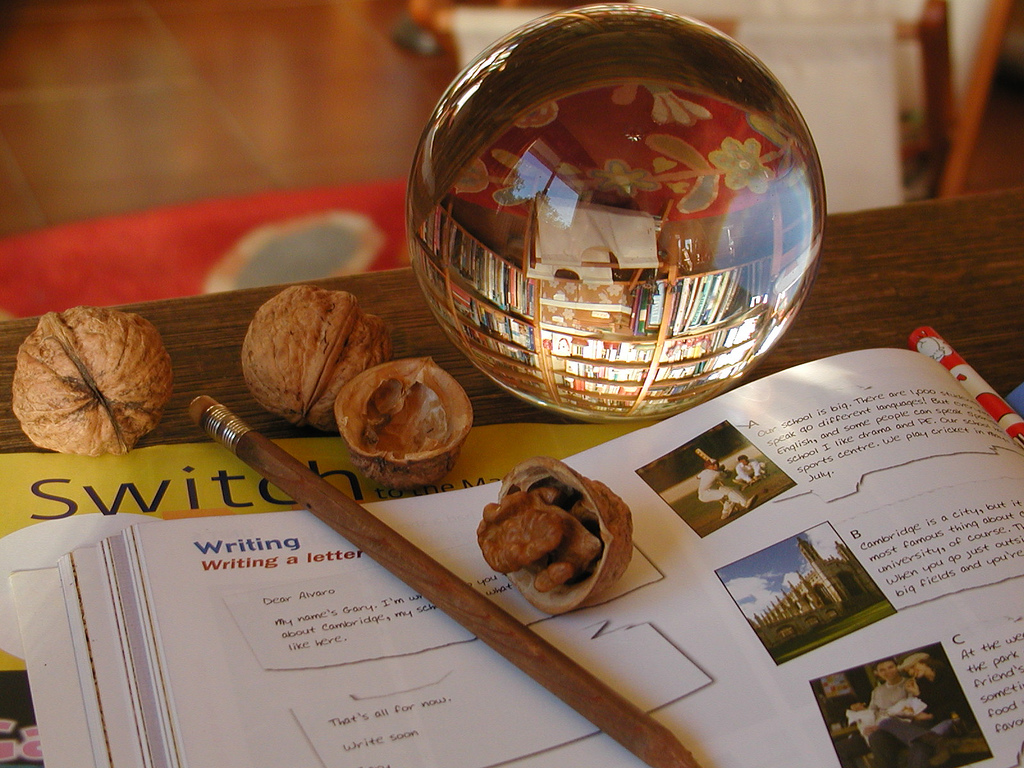Common Test Errors
 Some of the difficulties students face taking tests are related to poor study habits. However, that’s not always the case. Even when you study sufficiently, you can still get a bad grade if you’re not careful enough.
Some of the difficulties students face taking tests are related to poor study habits. However, that’s not always the case. Even when you study sufficiently, you can still get a bad grade if you’re not careful enough.
Retrieved from the Cuesta College Support Services website, here is a list of common mistakes to avoid on a test:
Six Types of Test-Taking Errors:
- Misread direction errors – these errors occur when you skip directions or misunderstand directions but answer the question or do the problem anyway. To avoid this type of error, read all the directions.
- Careless errors – mistakes made which can be caught automatically upon reviewing the test. To avoid type of error, watch for simple mistakes carefully as you review the test.
- Concept errors – mistakes made when you do not understand the properties or principles required to work the problem. To avoid this type of error in the; future, you must go back to your textbook or notes and learn why you missed the problems.
- Application errors – mistakes that you make when you know this concept but cannot apply it to the problem. To reduce this type of error, you must, learn to predict the type of application problems that will be on the test.
- Test Procedure errors – mistakes that you make because of the specific way you take tests, such as:
- Missing more questions in the 1st-third, 2nd-third or last third of a test. If you find that you miss more questions in a certain part of the test consistently, use your remaining test time to review that part of the test first.
- Not completing a problem to its last step. To avoid this mistake, review the last step of a test problem first, before doing an in-depth test review.
- Changing test answers from the correct ones to incorrect ones. If you are a bad answer changer, then write on your test “Don’t change answers.” Only change answers if you can prove to yourself or to the instructor that the changed answer is correct.
- Getting stuck on one problem and spending too much time. Set a time limit for each problem before moving to the next problem. Rushing through the easiest part of the test and making careless errors. If you do this often, after finishing the test review the easy problems first, then review the harder problems.
- Miscopying an answer from your scratch work to the test. To avoid this, systematically compare your last problem step on scratch paper with the answer on the test. Leaving answers blank Write down some information or try at least to do the first step.
- Study errors – mistakes that occur when you study the wrong type of material or do not spend enough time studying pertinent material. To avoid these. errors m the future, take dome time to track down -why the errors occurred so that you can study more effectively the next time.
Reference: Paul D. Nolting, Ph.D., Winning at Math, 1997 1989 by Academic Success Press, Inc



